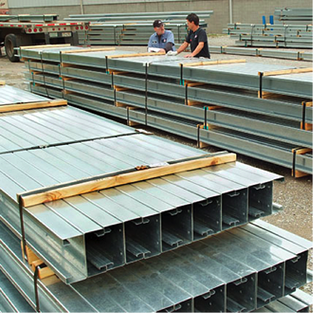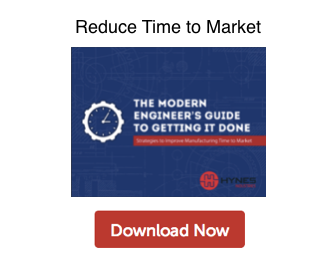 In an evolving and increasingly competitive manufacturing landscape, cutting costs is a more heightened priority than ever before.
In an evolving and increasingly competitive manufacturing landscape, cutting costs is a more heightened priority than ever before.
When faced with the decision to produce parts in-house or outsource a project, understanding total cost of ownership is imperative. Costs such as inventory, material and tooling costs all fall under total cost of ownership for manufacturers.
This post will dive into the impact of adopting a cost avoidance approach and how fully understanding total cost of ownership can help streamline your supply chain.
Shift to Cost Avoidance
A shortsighted cost reduction approach—one focused on immediate reductions in spend—typically breeds price shopping and an affinity for low upfront setup and tooling costs. Buyers are unlikely to support metal fabrication processes that require high upfront costs, even if they might lead to larger cost reductions over time.
Shift to a more proactive cost avoidance approach in order to avoid future increases in costs and reap long-term benefits such as reduced material, assembly and shipping costs, and minimal holding and handling costs.
Avoiding unnecessary costs along the supply chain fosters a sustainable partnership between manufacturer and fabricator. To be successful, it is critical that your custom fabrication partner fully understands all aspects of your supply chain operations.
Line Up Your Total Costs
While there are many different costs associated to your supply chain operations, we focused in on three costs that manufacturers need to fully understand and account for prior to starting a new fabrication project: inventory, material and tooling costs.
Inventory
Holding and managing inventory is an overlooked aspect of a manufacturer’s total cost of ownership. Offsite inventory storage and management cuts down on needed storage space and labor costs. Further, just-in-time delivery allows a steady supply of parts to keep pace with manufacturing demand.
Keep balanced inventory levels to help grow business, and minimize holding and handling costs. To achieve optimal inventory levels, align with a partner who can implement a quality inventory management strategy.
Material
Material selection for a new part or product will have a significant impact on both your total cost and design integrity. Thus, it’s important to understand that the ability to remove unnecessary material costs without sacrificing quality proves to provide a great deal of value.
When possible, opt for stronger, lighter metals, such as light gauge HSLA or structural steel. This way, the profile can be reengineered to utilize less material content and drop gauge while maintaining structural integrity. Decreased material content and product weight impacts material costs, freight costs and more all along the supply chain.
ToolingThe cost of tooling and associated cost amortization terms help determine which fabrication process is most appropriate for a new project.
Free tooling does not exist anymore. In fact, it never really did. Partially owned tooling ties up capital, and often requires additional payment or fees to manufacture with another supplier or in-house.
At Hynes, we recommend that our customers own their tooling because it saves them from future headaches and additional costs incurred further down the road.
Turn Knowledge Into Action
Ultimately, developing a strategic supply chain network comes down to aligning with those who understand total cost of ownership.
Form relationships with expert supply chain partners that are in tune to your organization’s existing market conditions as well as emerging trends and issues. They should understand the key value drivers of component costs, and have a complete understanding of your costs by holistically evaluating quality, proximity, switching costs and similar factors when making recommendations.
Once you have a firm grasp on your total costs and how they affect your supply chain, you can start to take action on cutting any excess costs.
What steps have you taken to reduce total cost of ownership and optimize your manufacturing supply chain?

